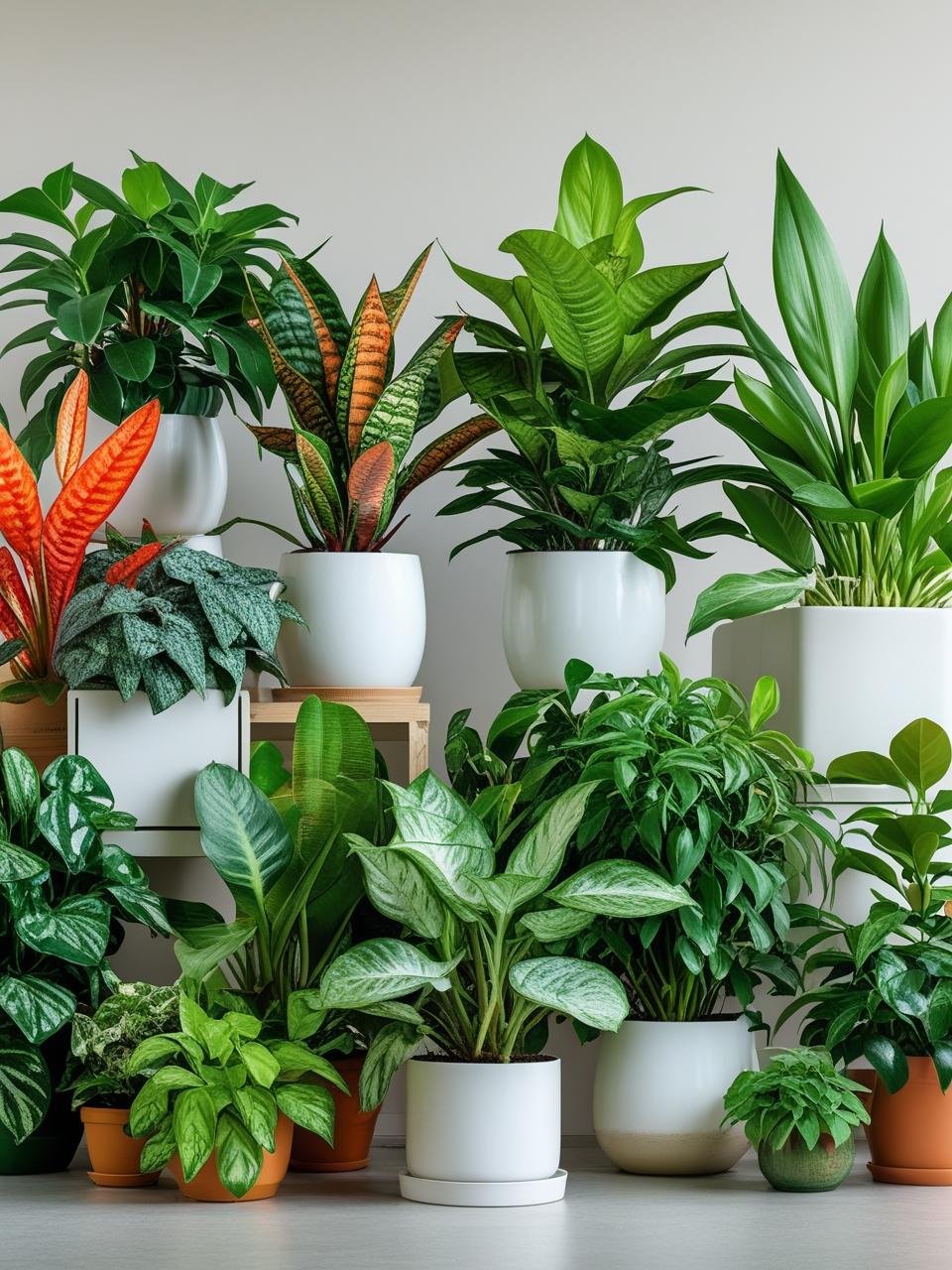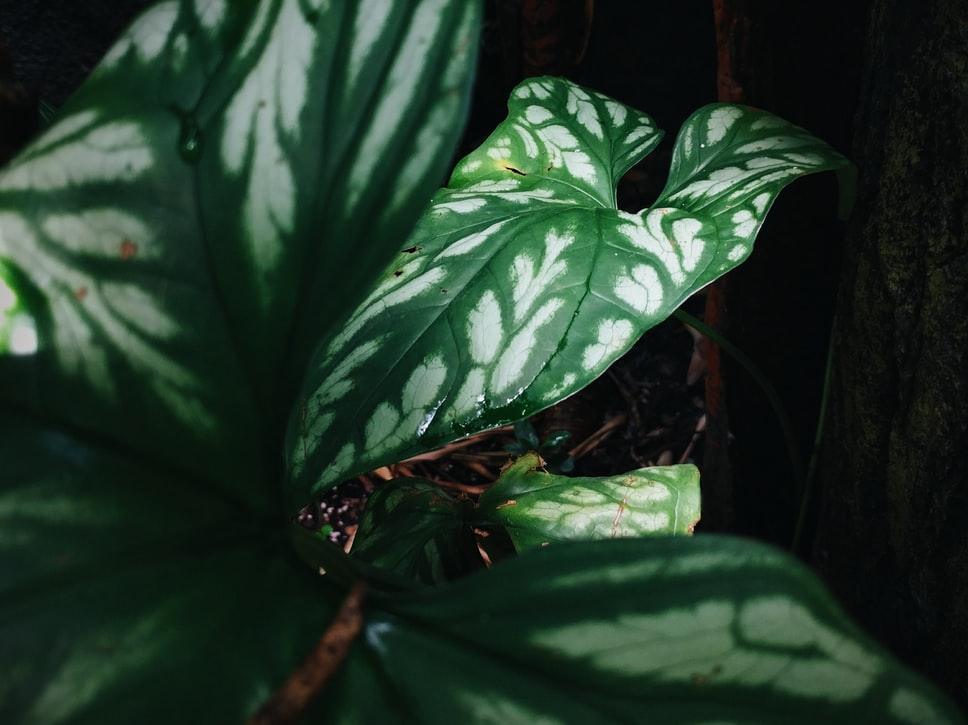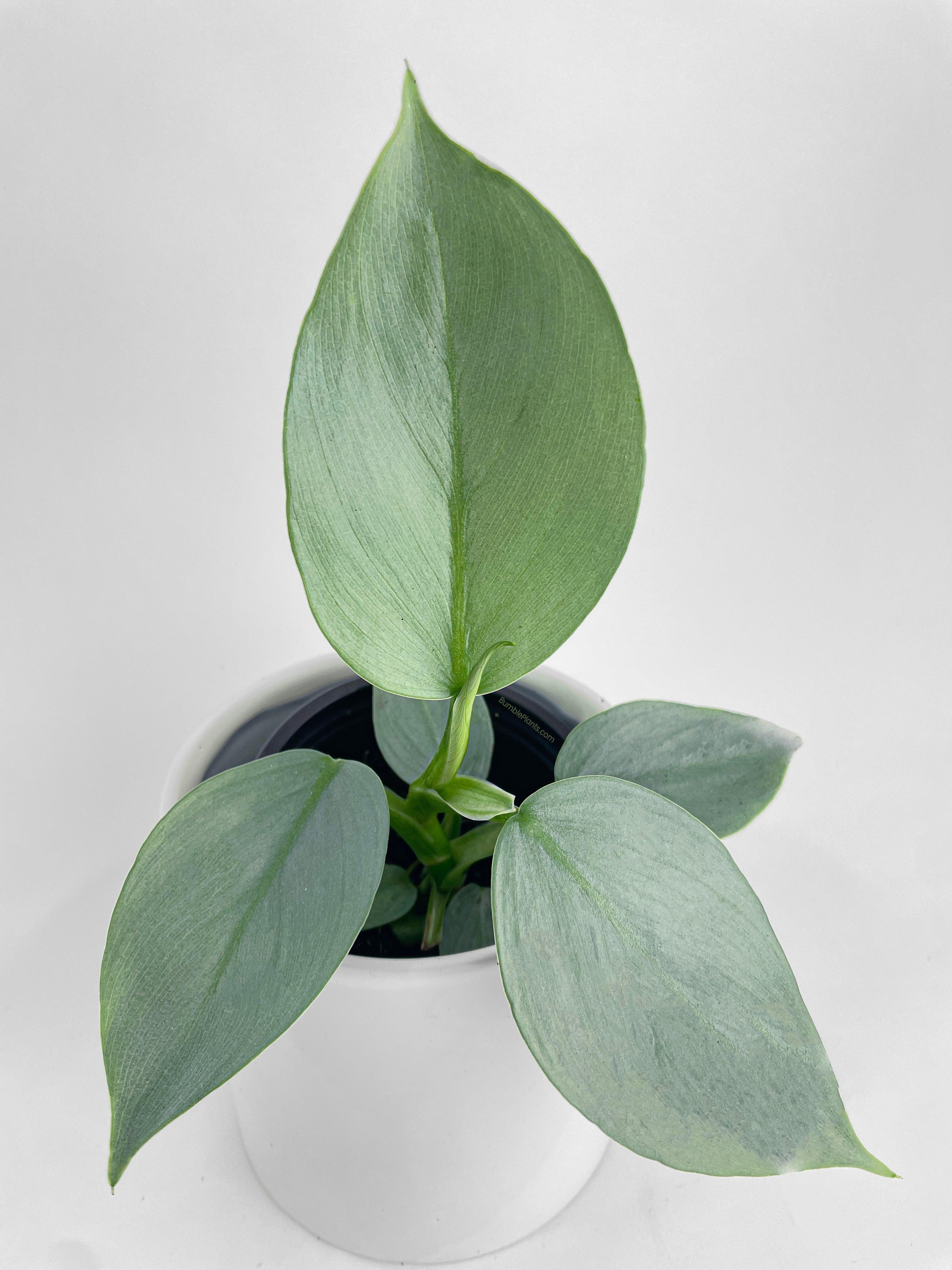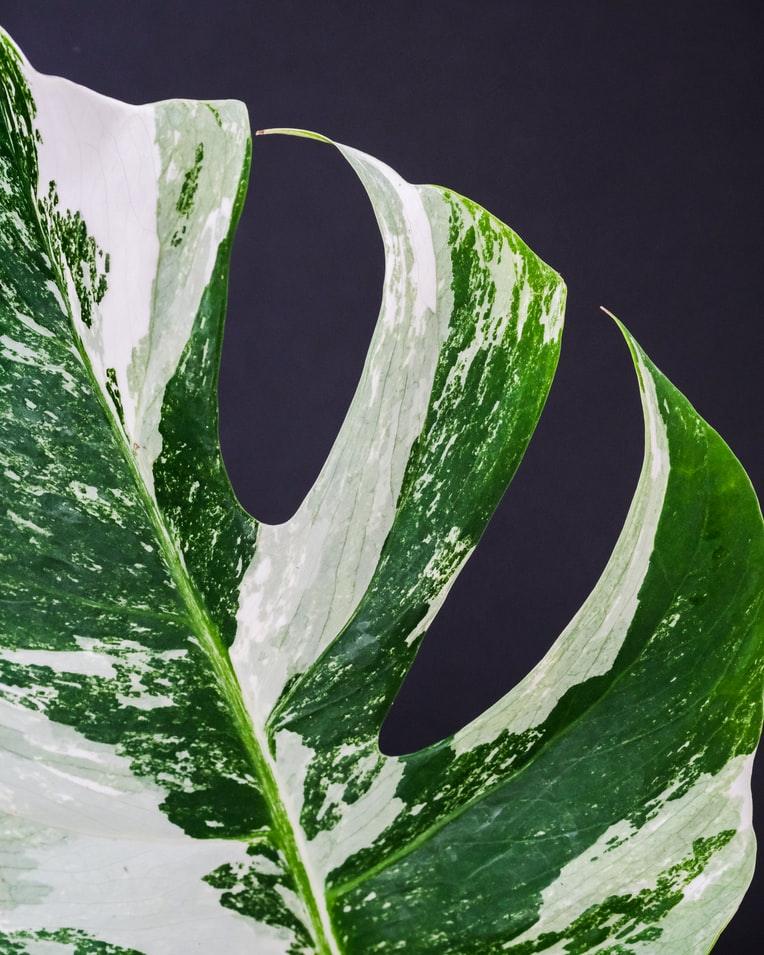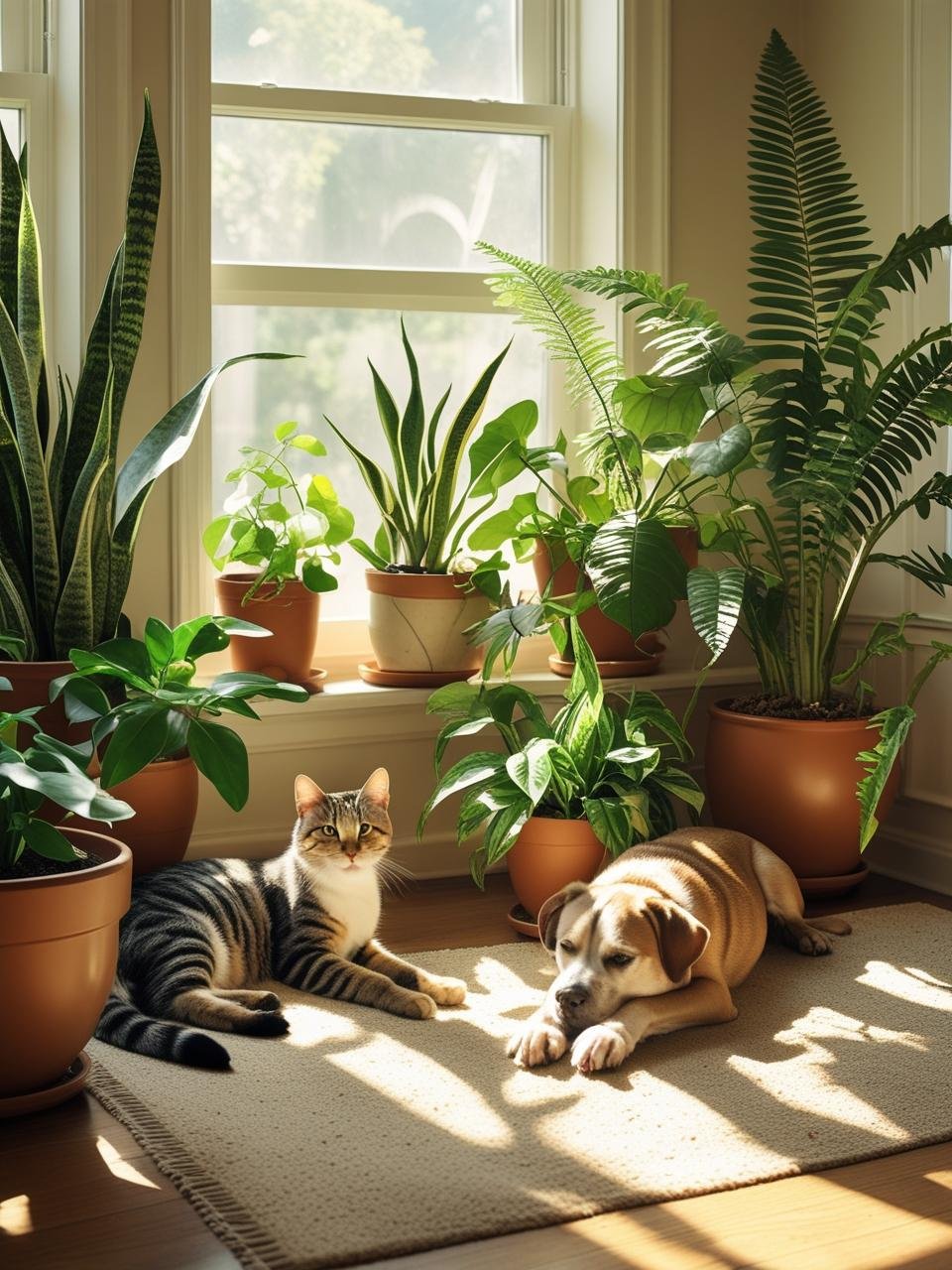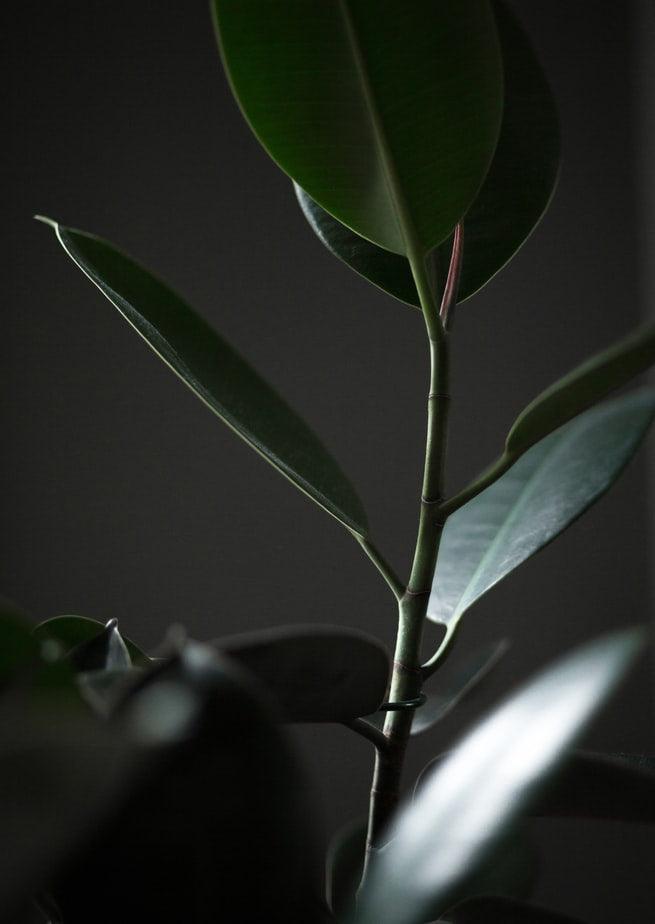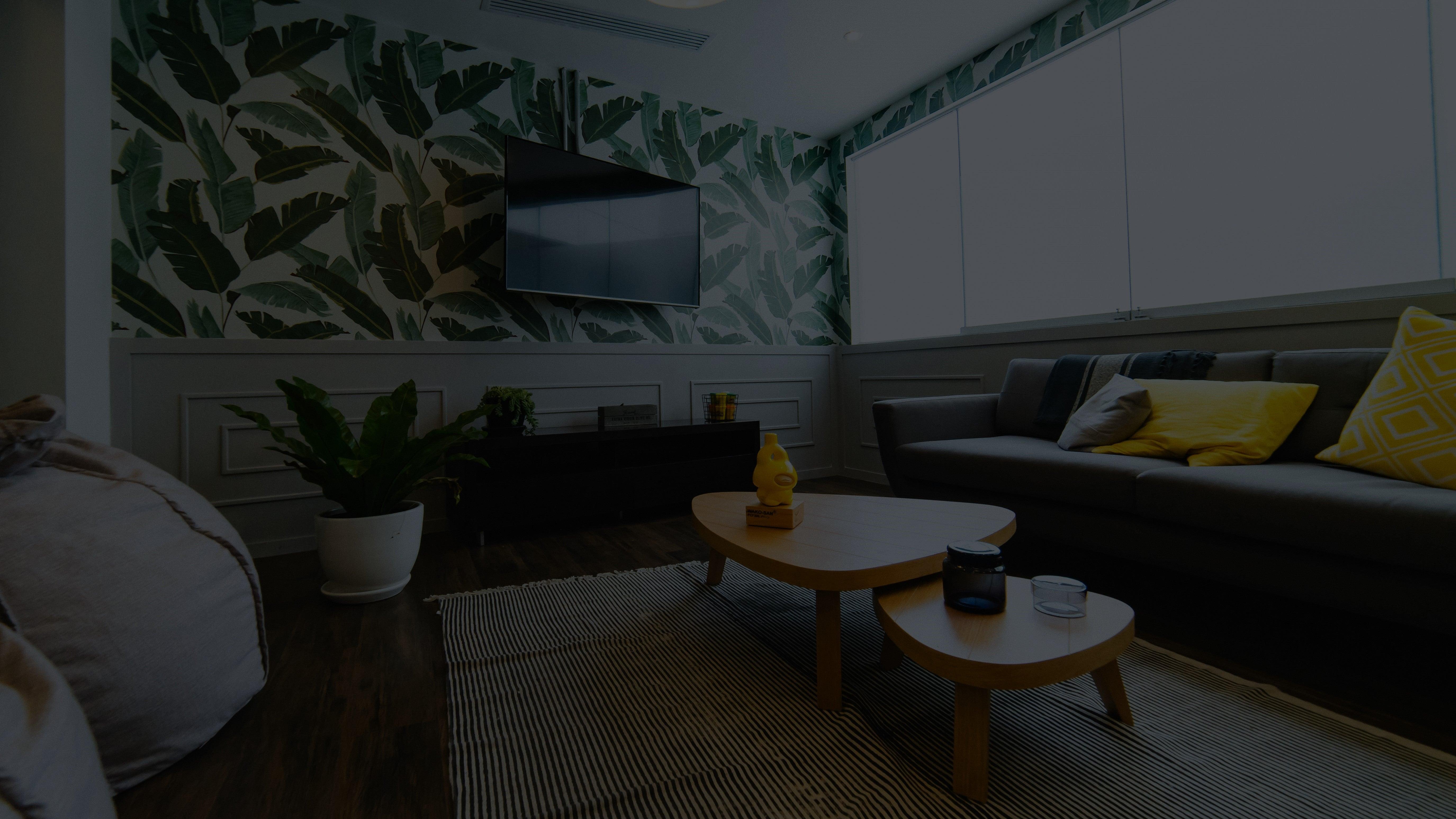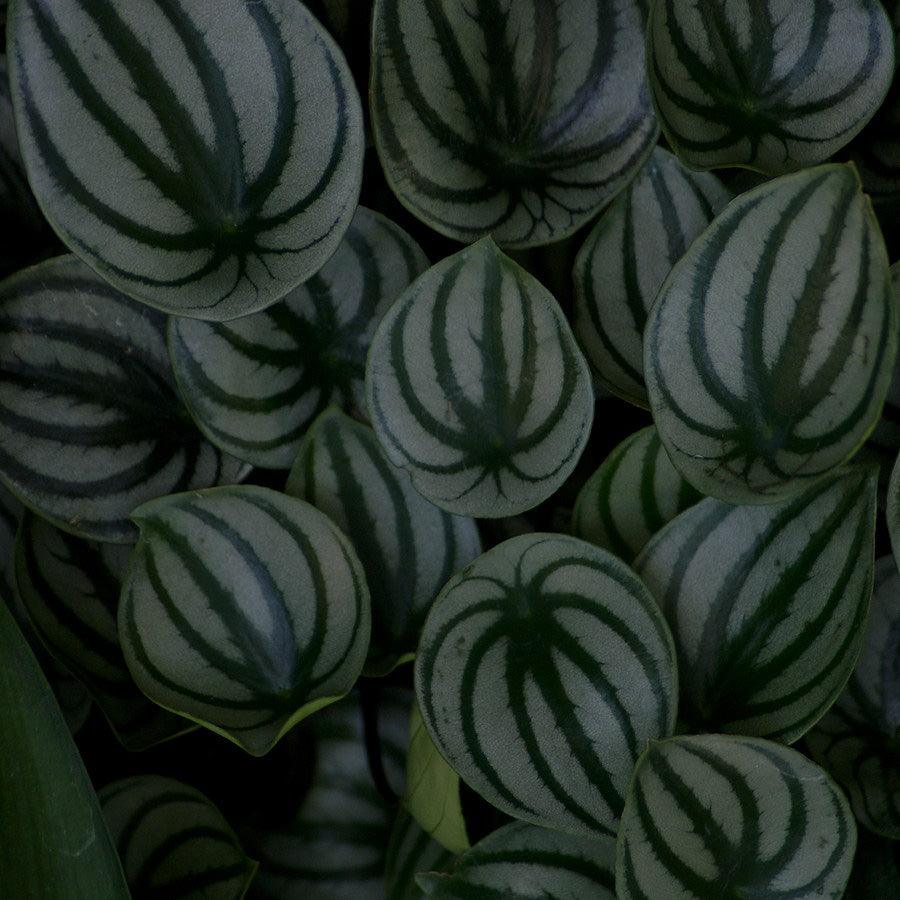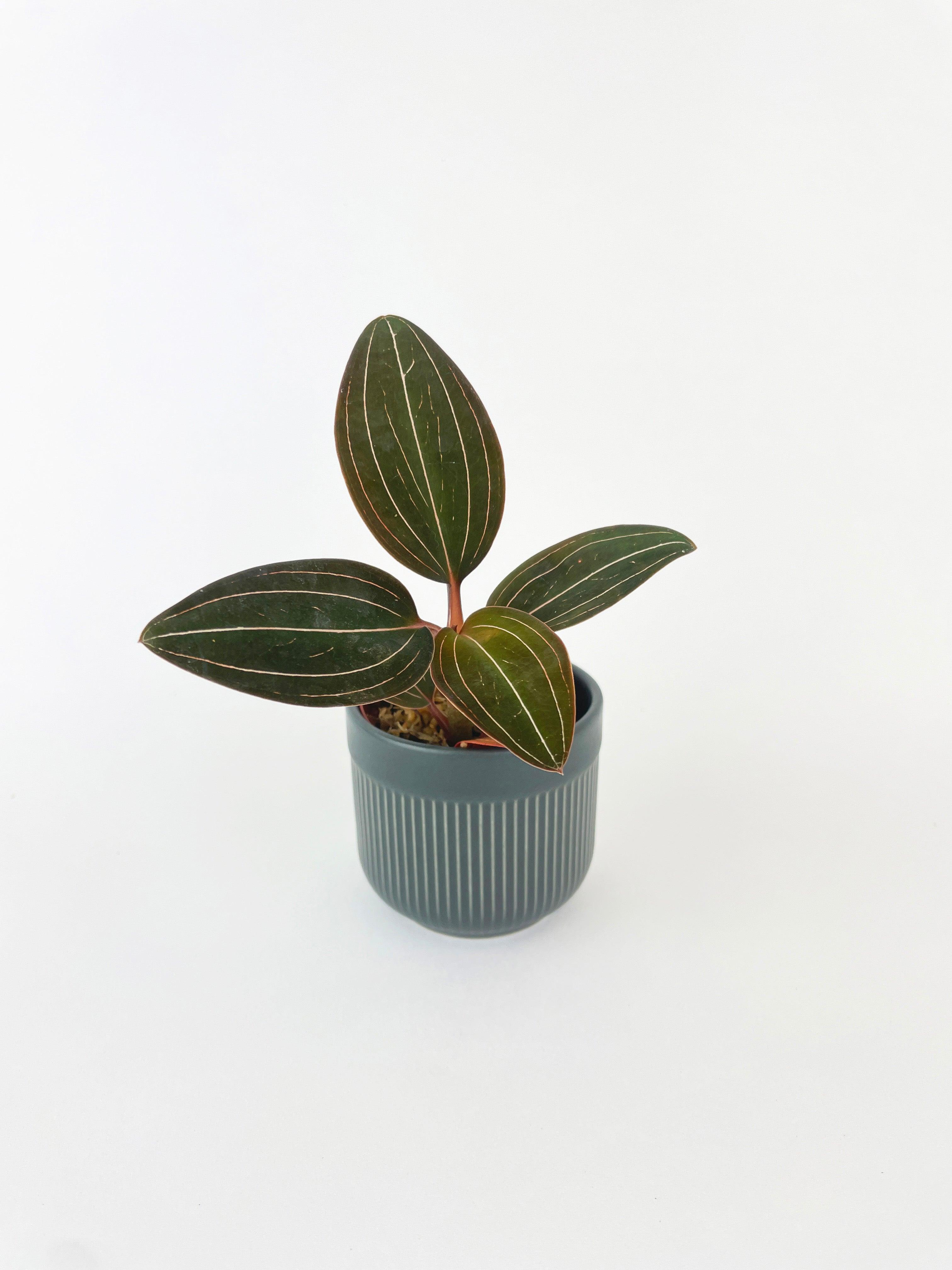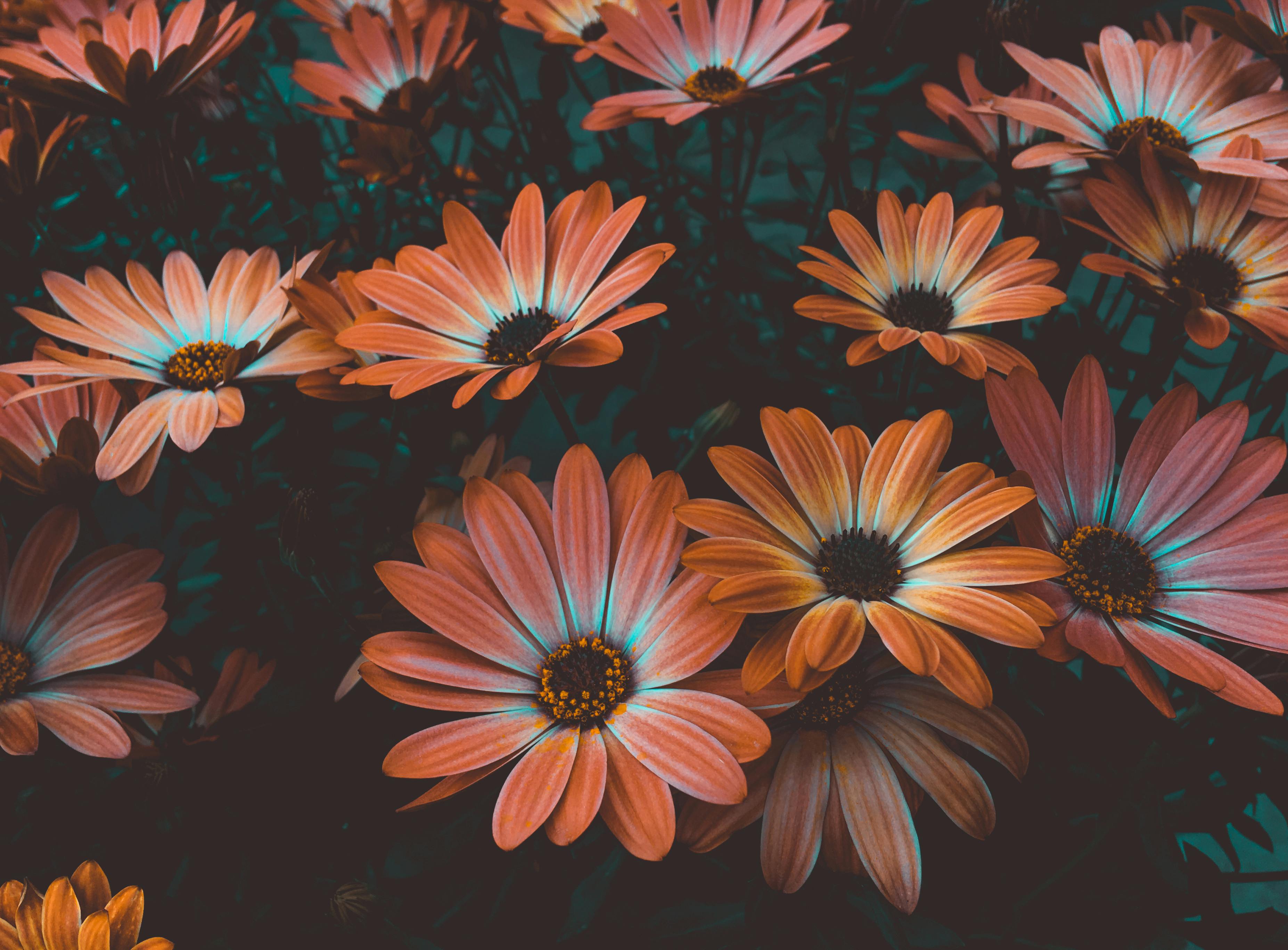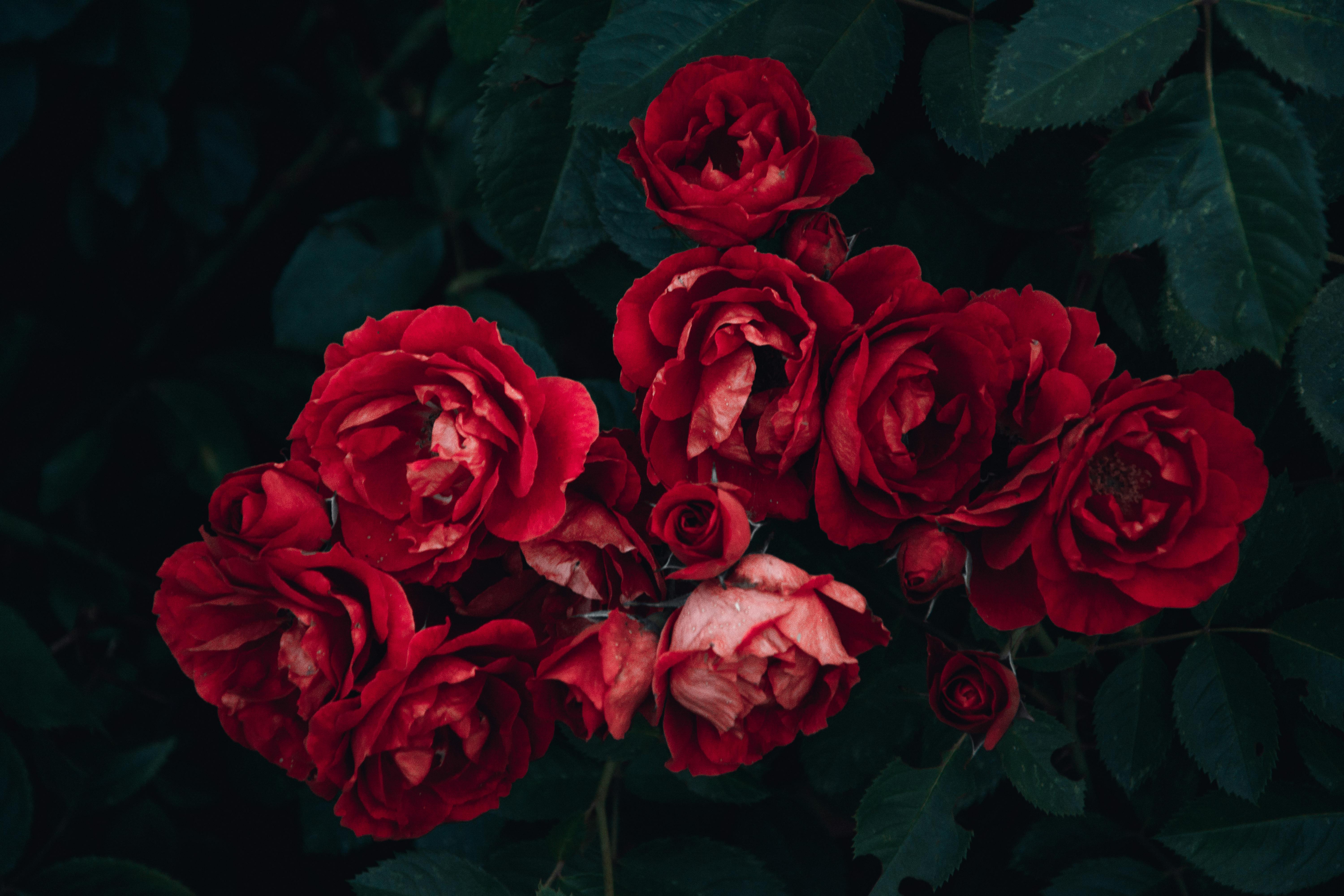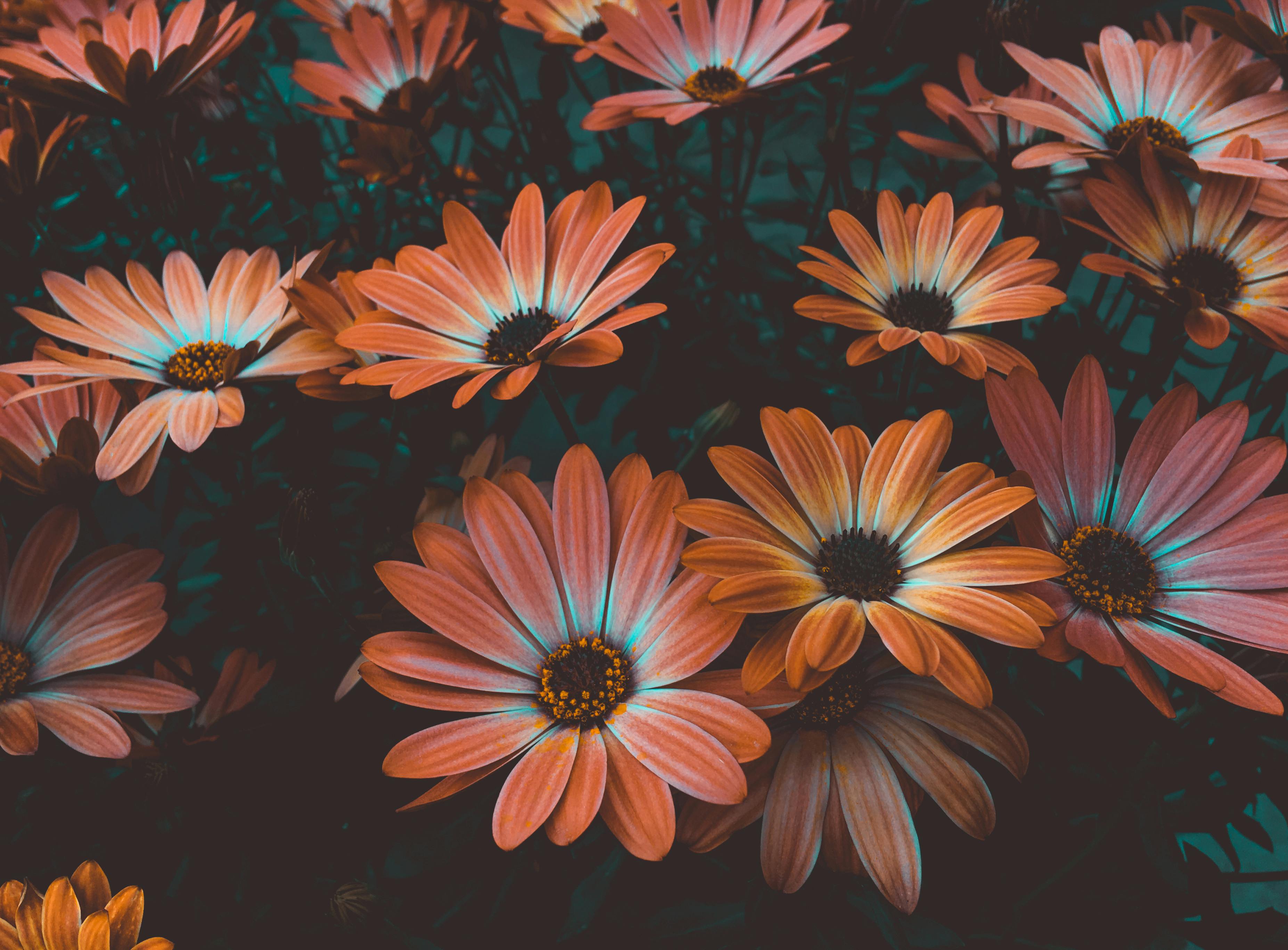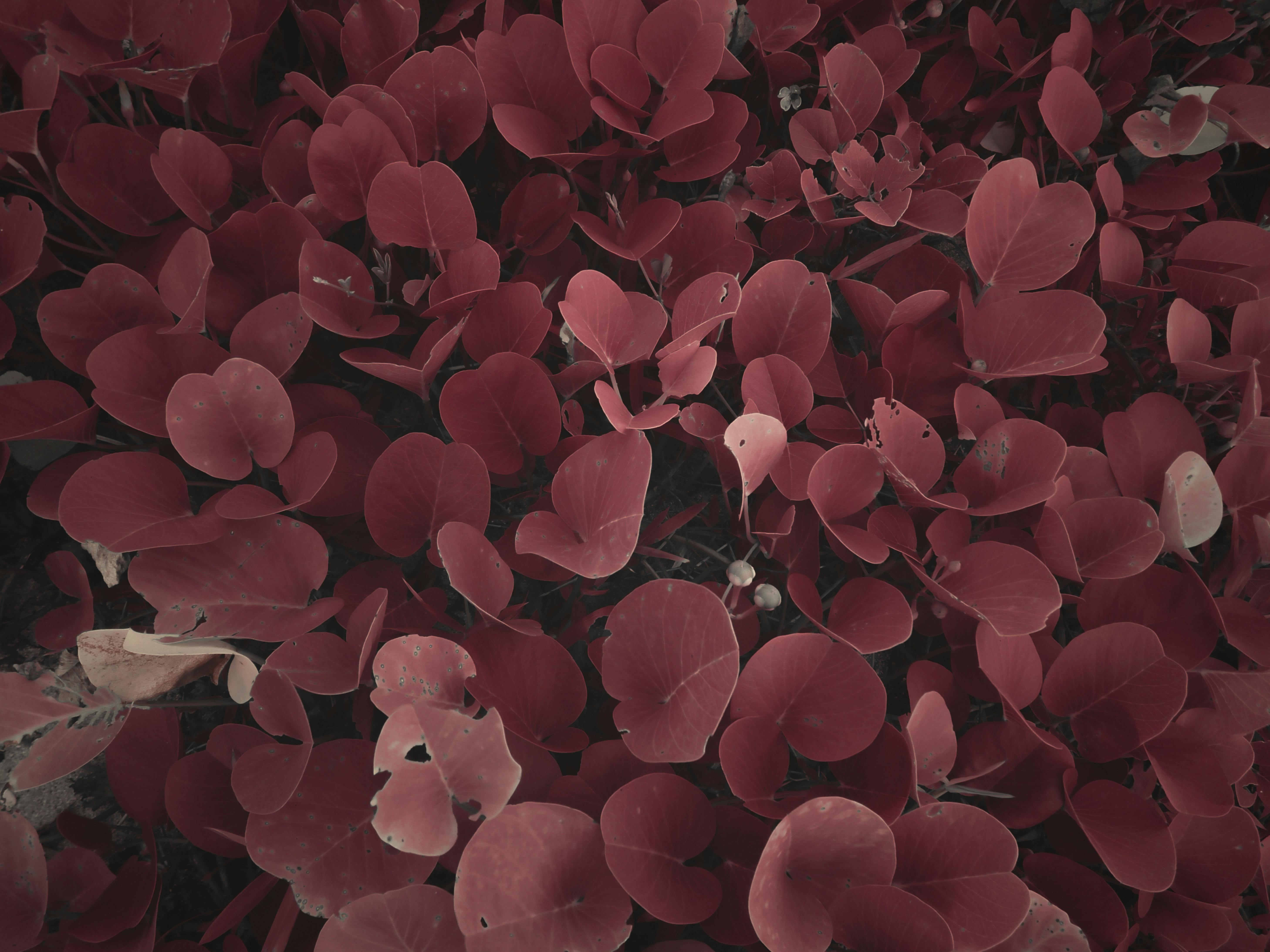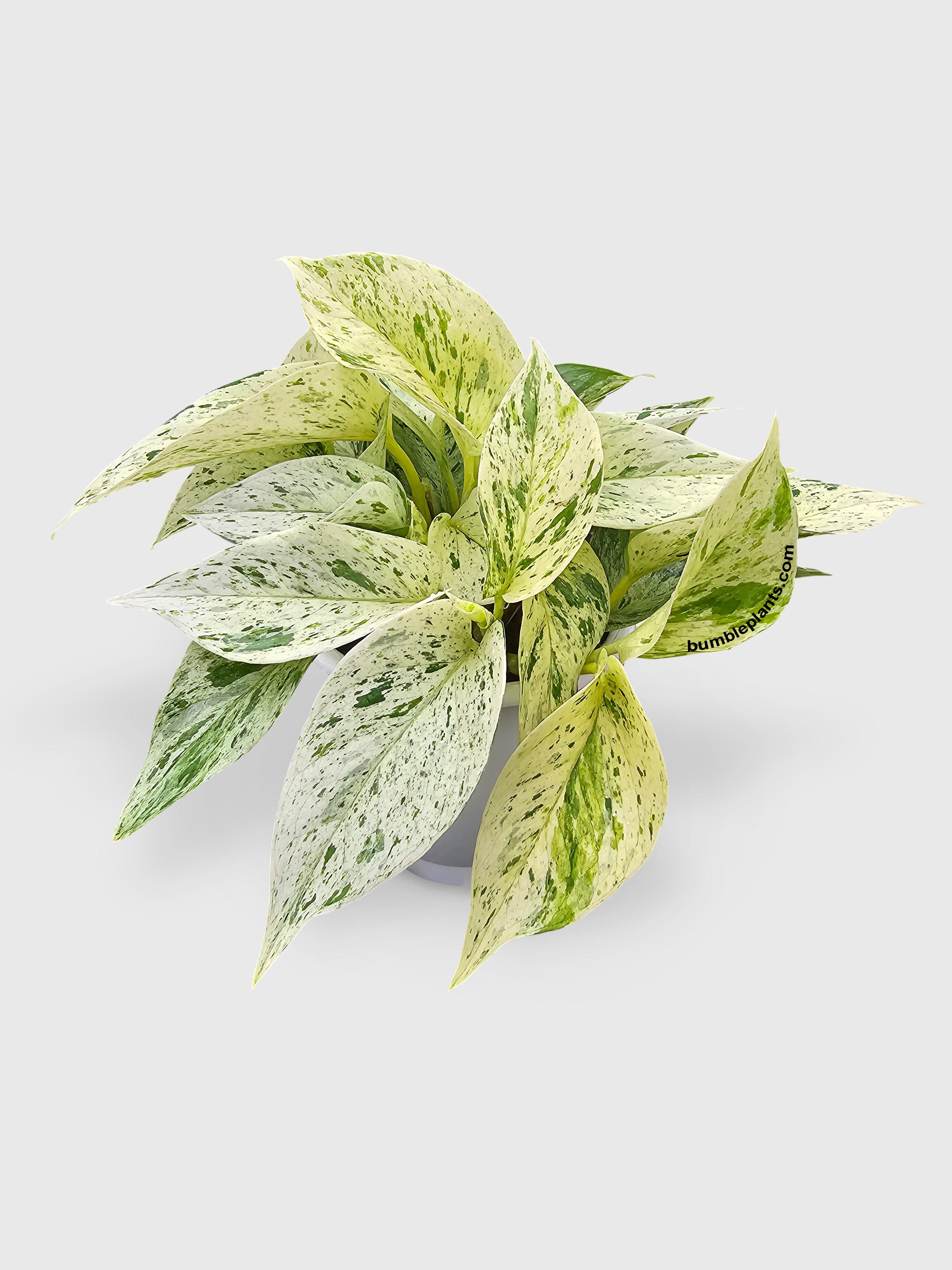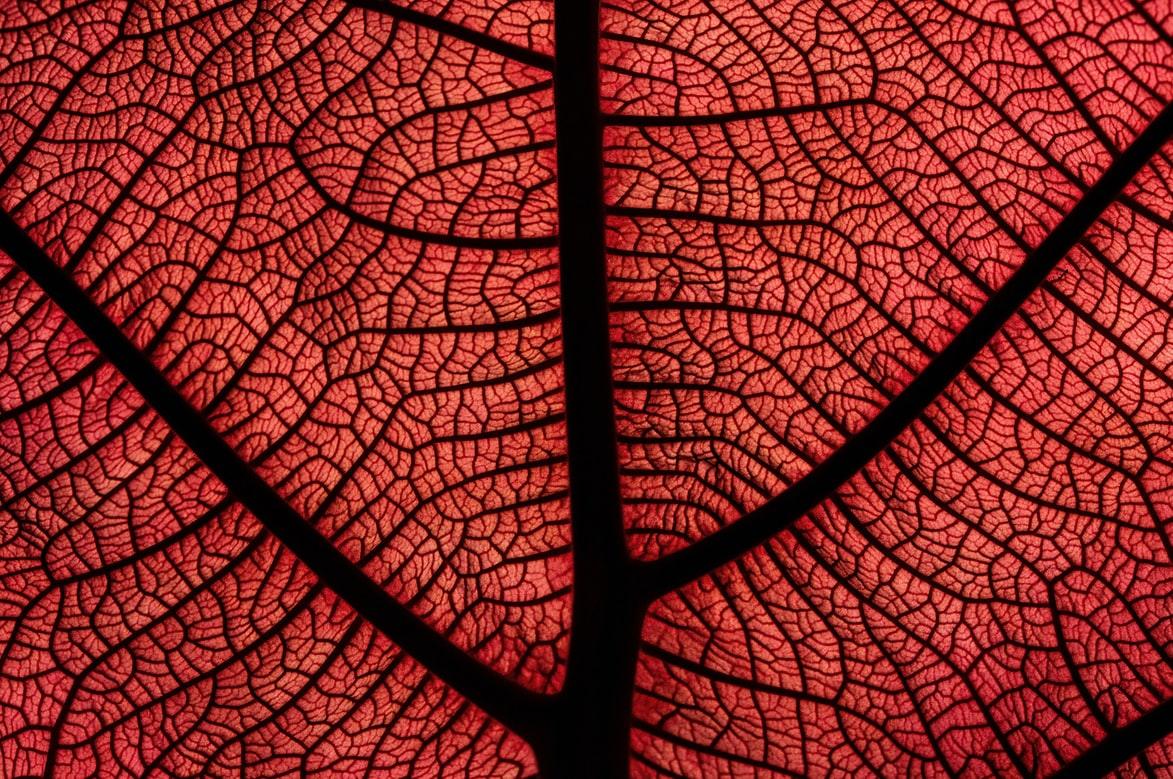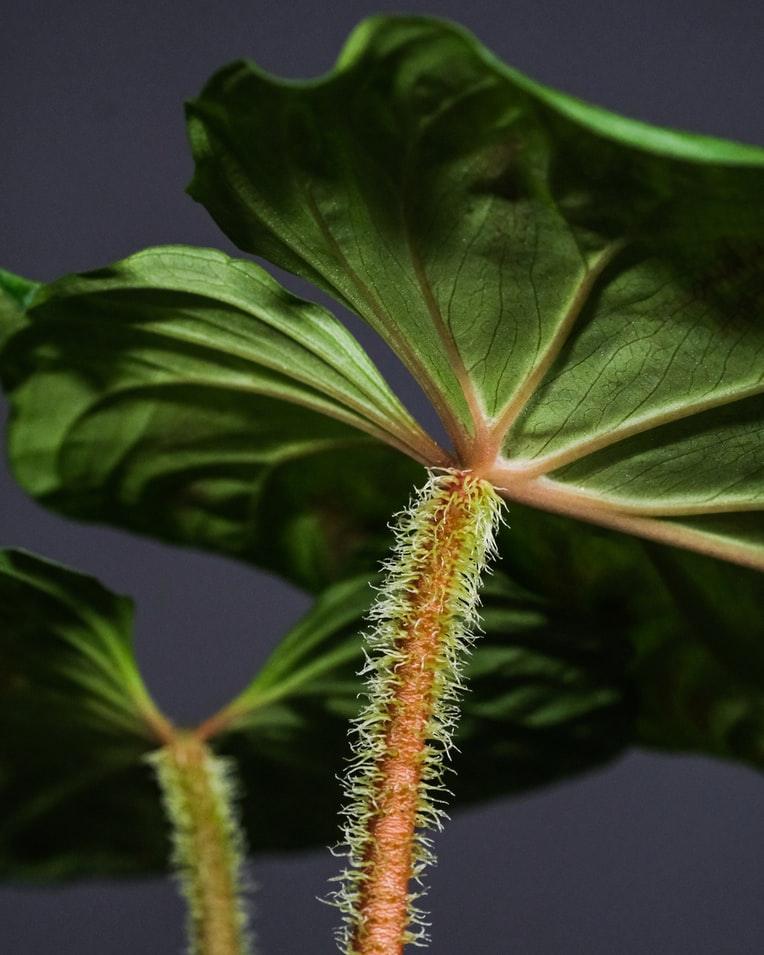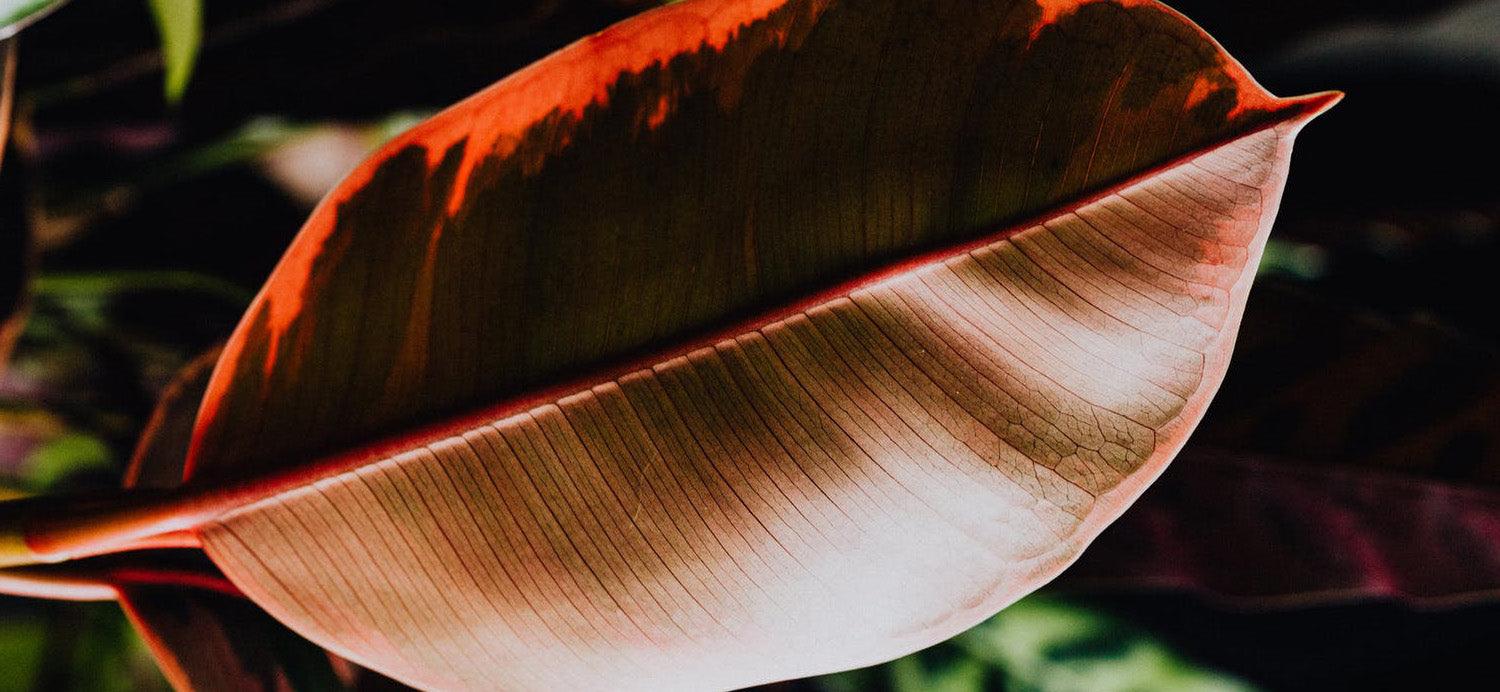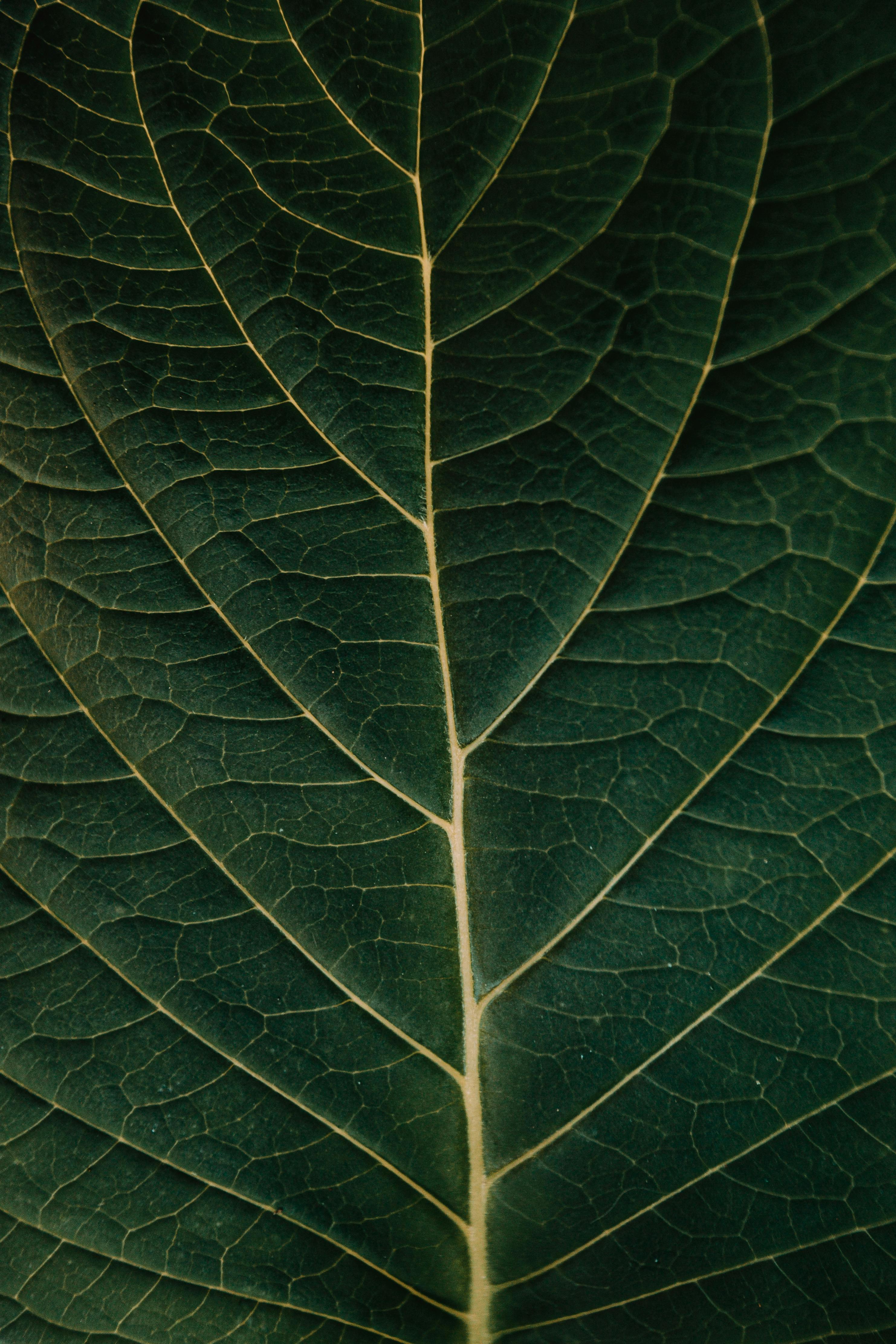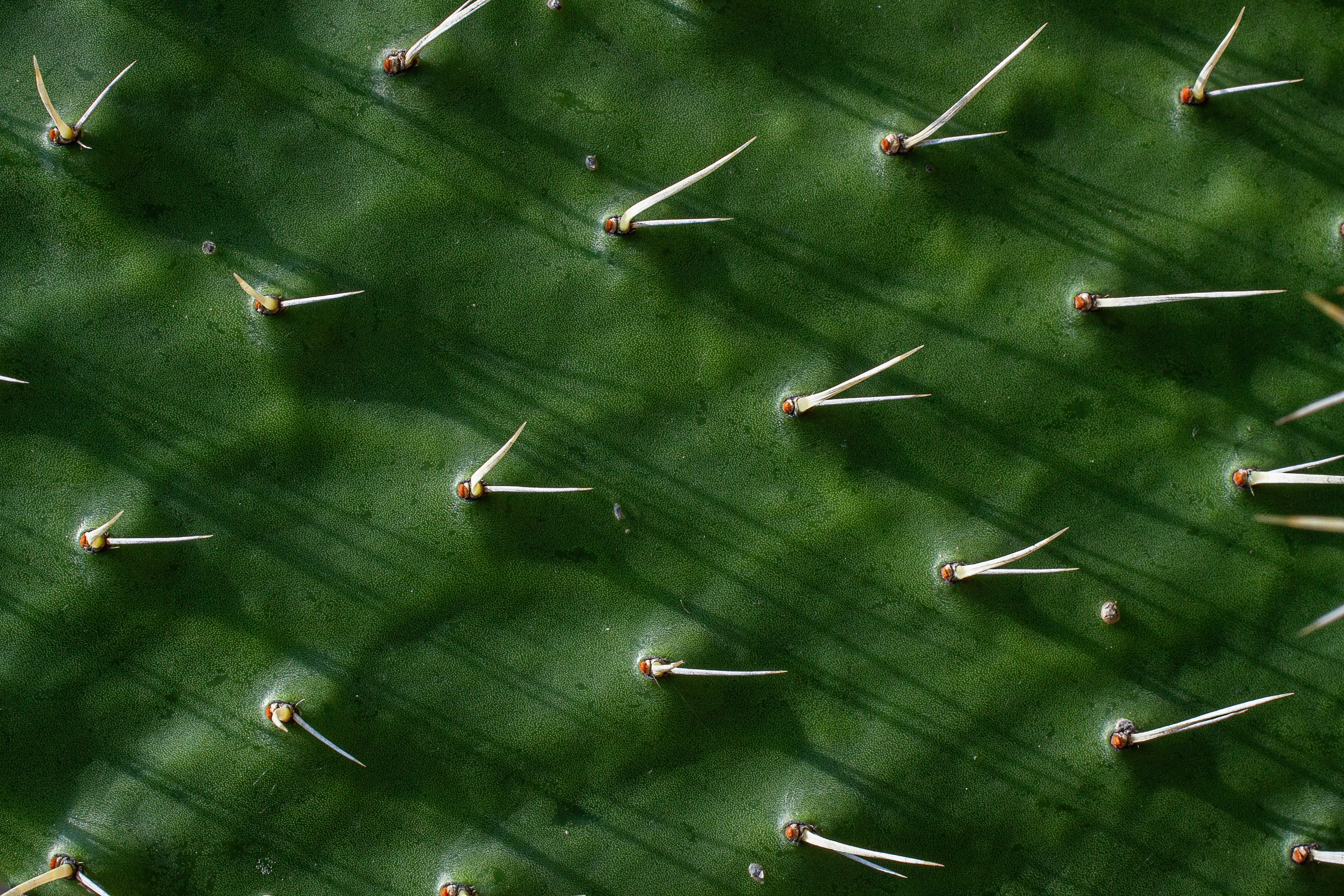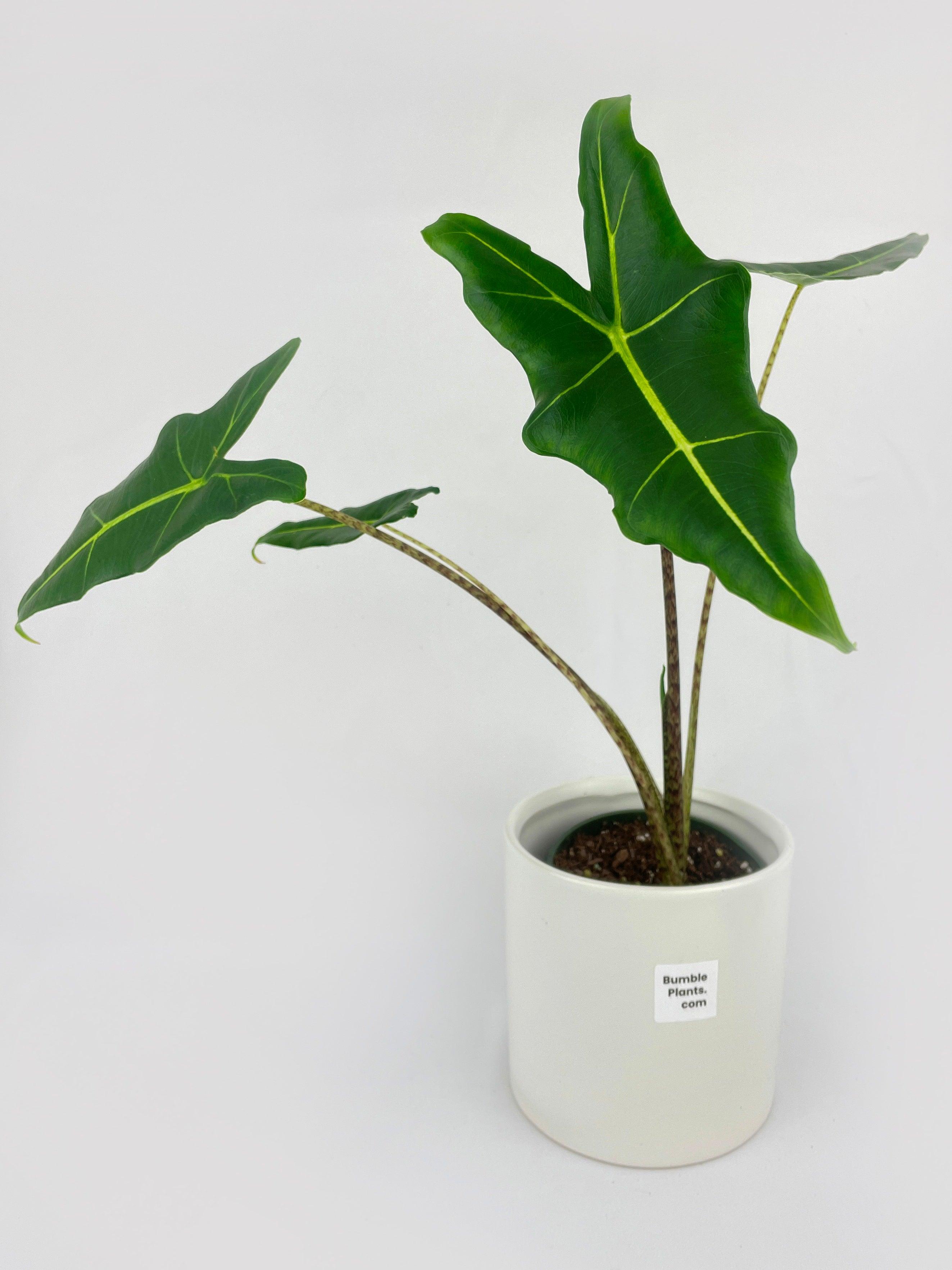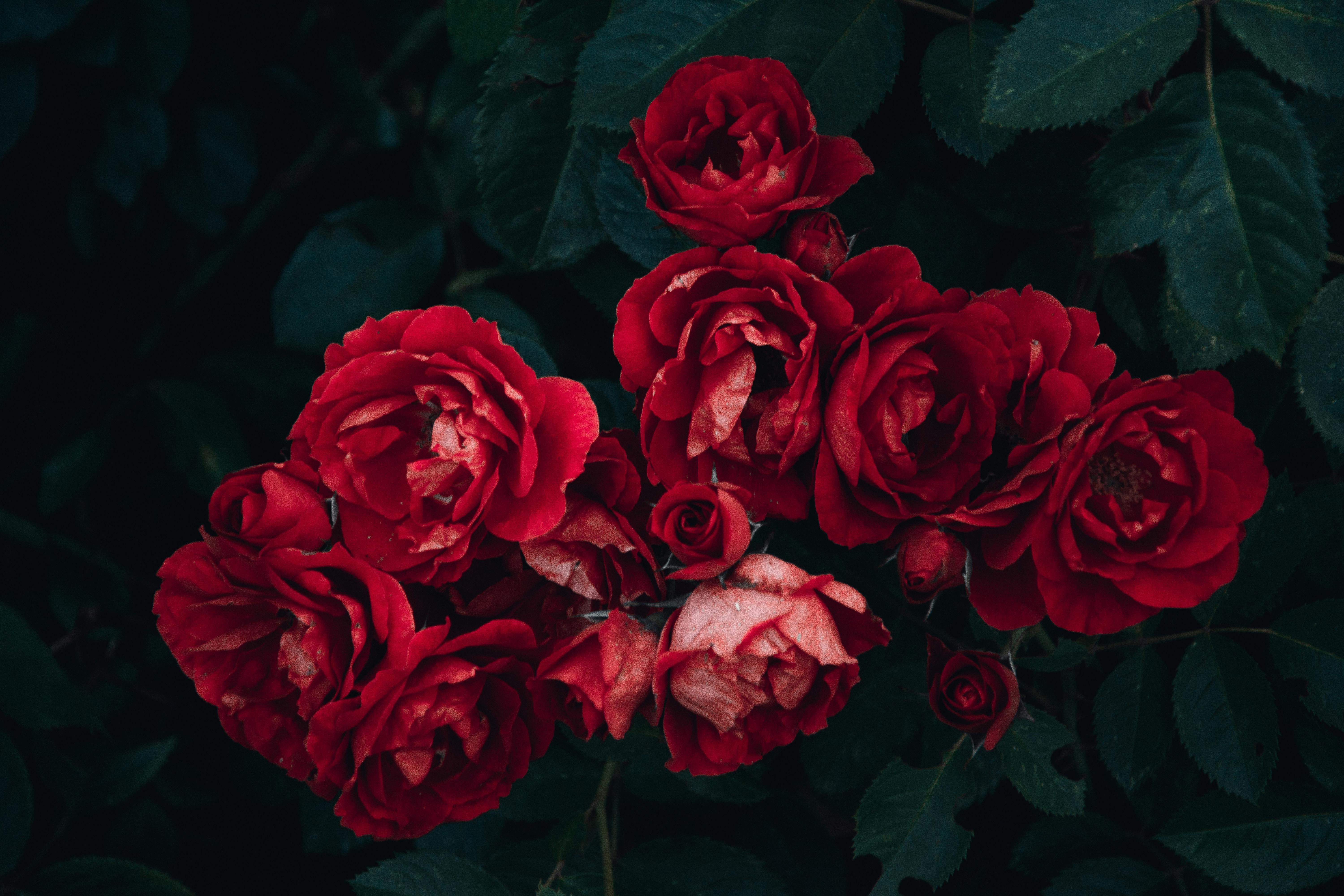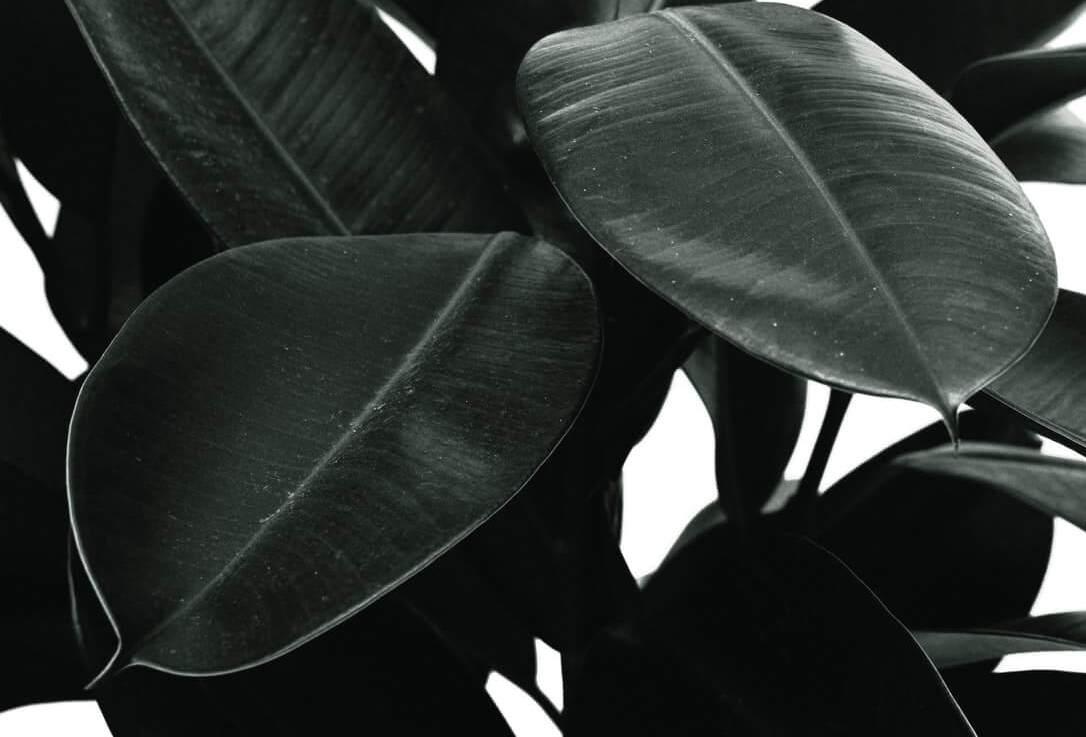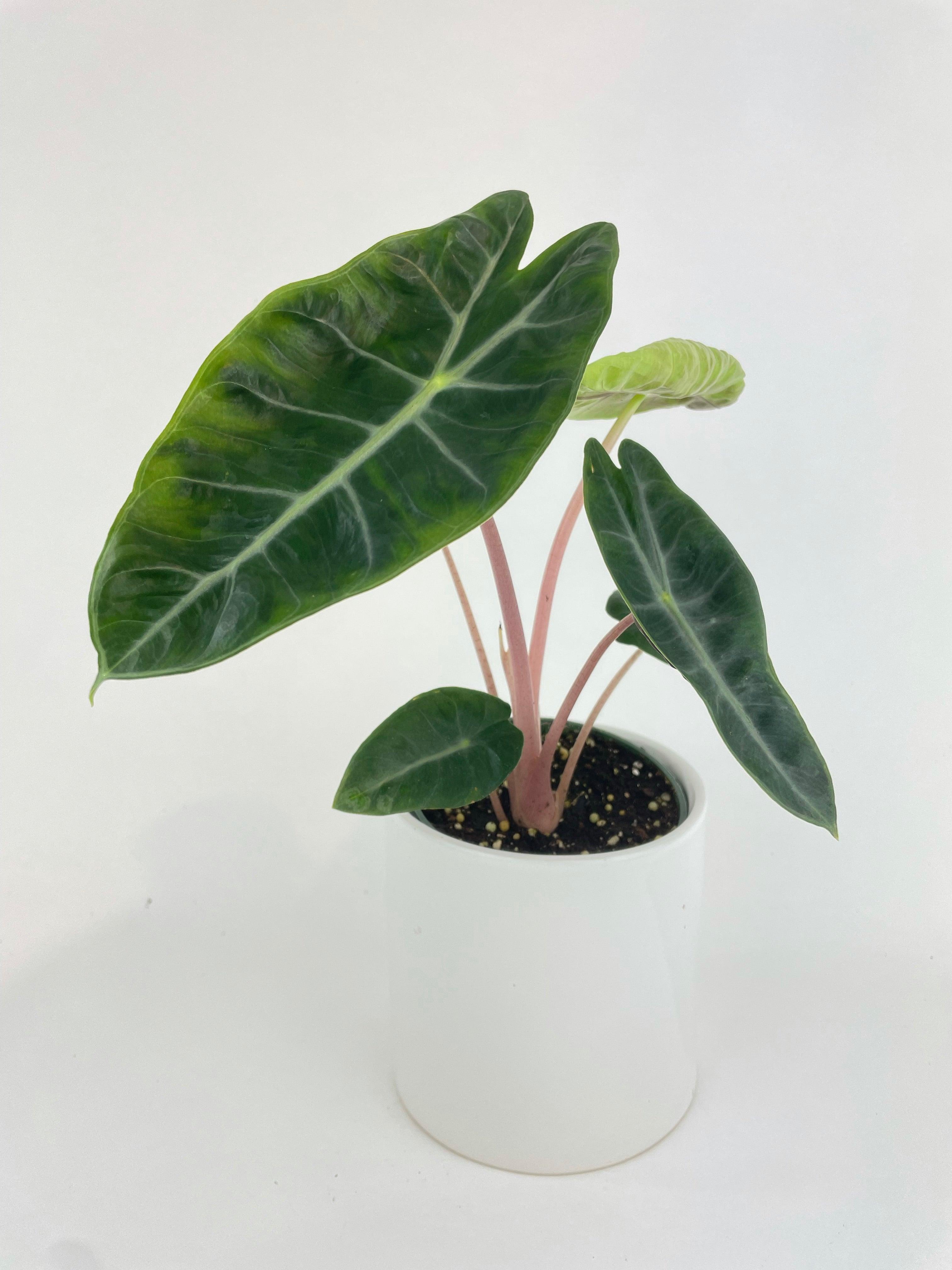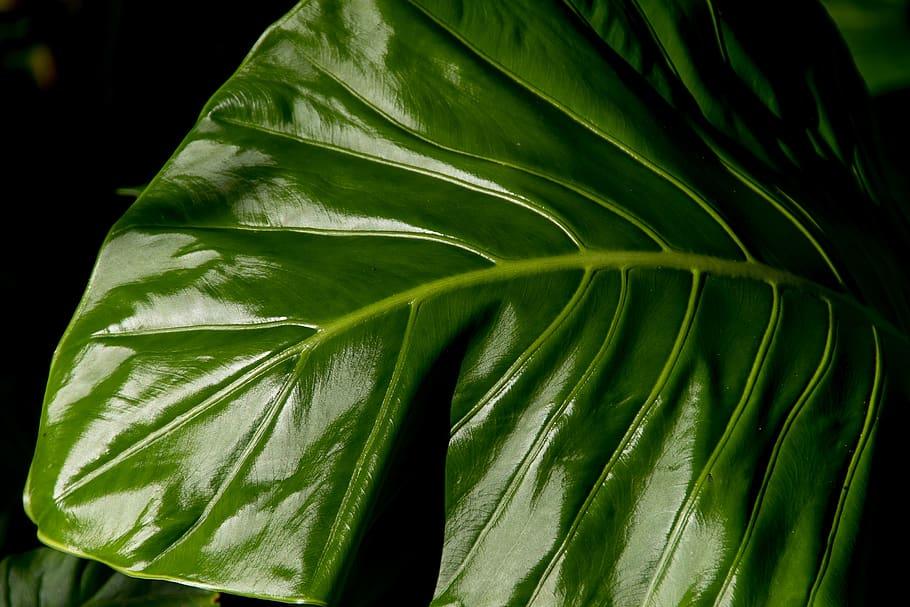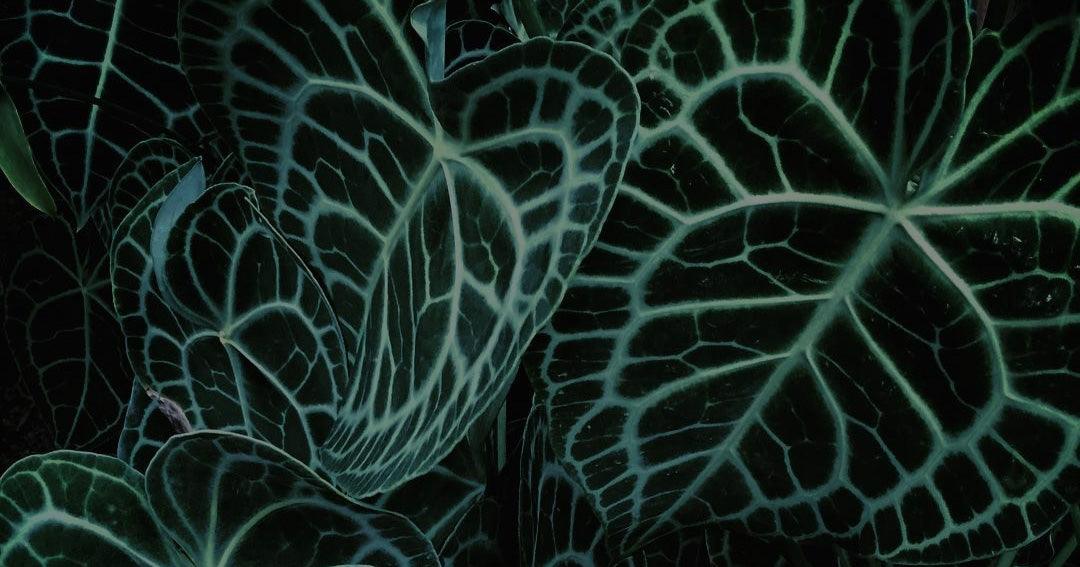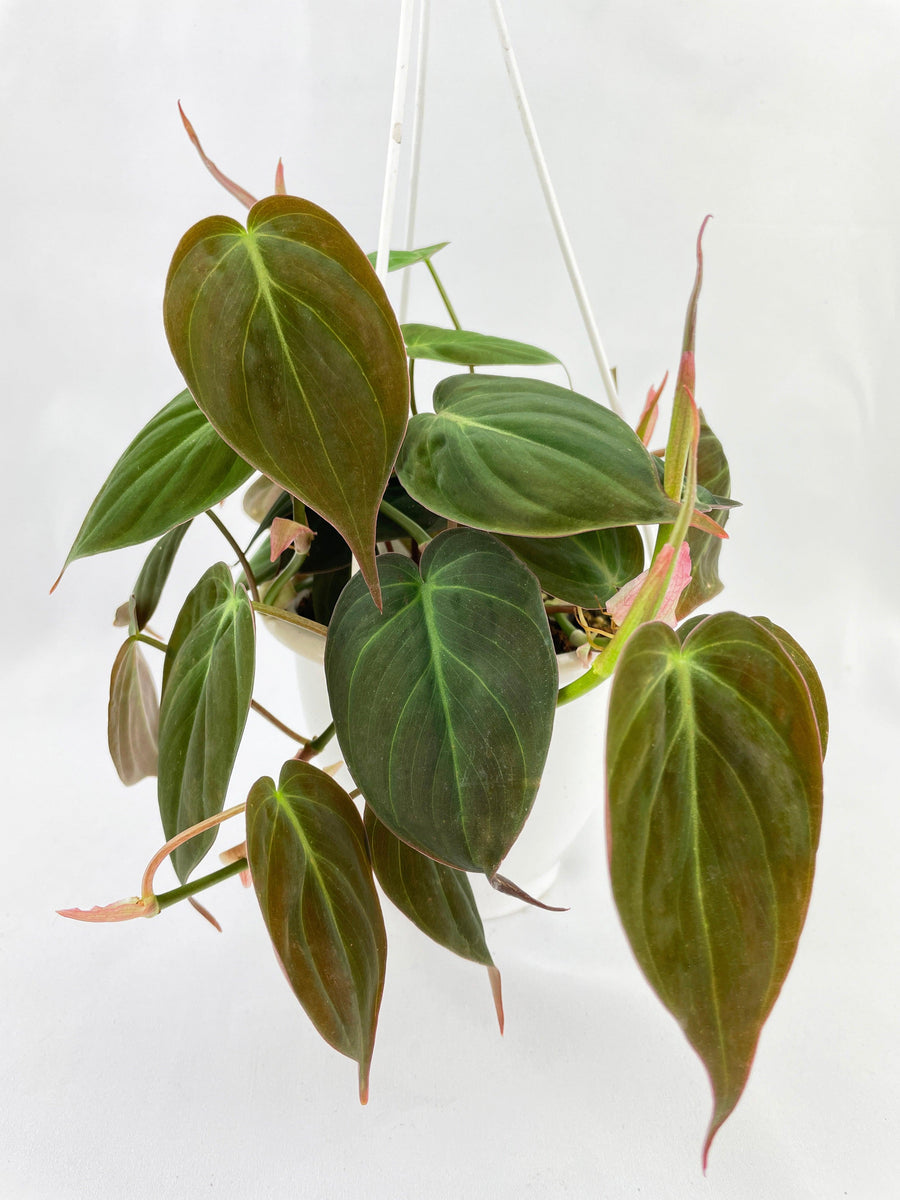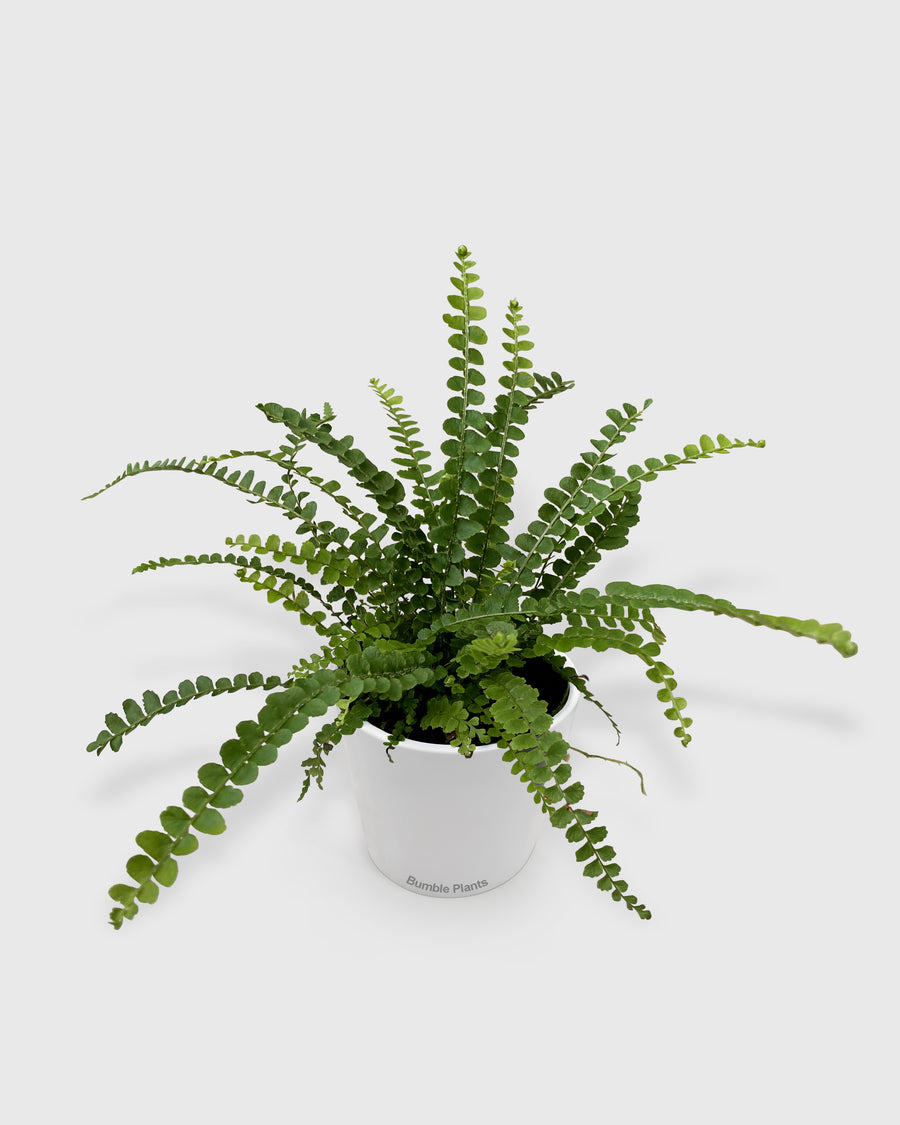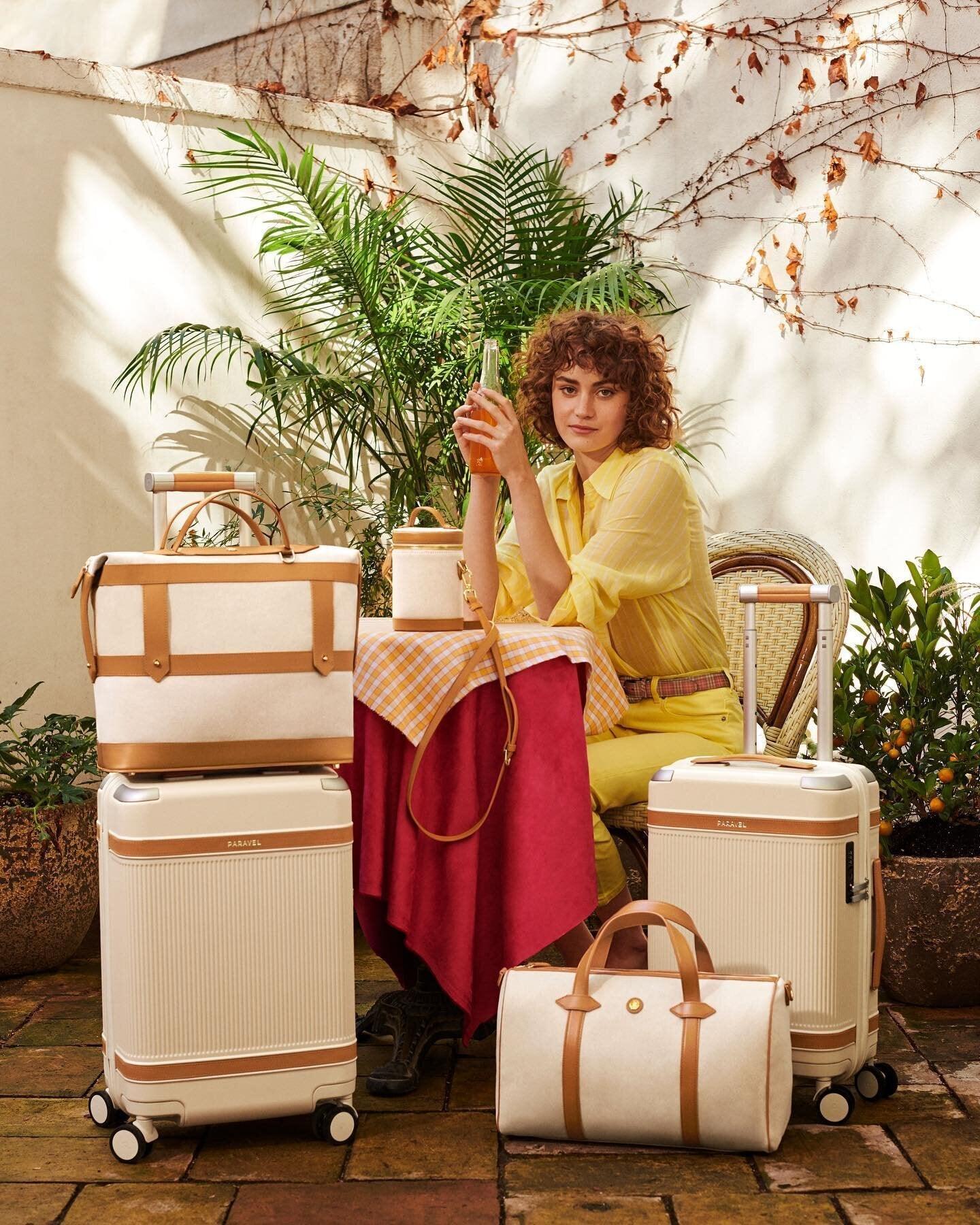
How to Care for Plants While on Vacation
So, you’re going on a vacation. So exciting!
Once the giddiness that comes with booking a getaway wears off, you might start to wonder what you should do about maintaining your houseplant watering schedule. After all, no one wants to come home to wilted, crunchy, and tired-looking plants.
Whether you have a collection of finicky divas who all require a unique 10-step care plan to avoid mayhem, or you simply have some neglect-proof heroes, there are a few things you can do to lessen the impact of your absence.
If you have someone you trust that is willing and able to take over your plant care routine- that’s fantastic. A babysitter is a great way to ensure your leafy pals thrive! Even without knowledgeable friends and family, this is still an option. We can help connect you to a reliable plant sitter in your area.

Not an option? That’s okay, here is a list of DIY tips and tricks for keeping your plants happy and healthy during your vacation, as well as some all-star products that will make your plants feel like they are on vacation too.
Water Wicking
Fill a container with enough water to meet your plant's watering needs while you are away. Then, you will need to source a wicking material- this could be a cotton rope, yarn, or twine. Make sure you cut it so that it is long enough to extend from 2-3 inched below the potting soil to the bottom of your water container. That’s it! Your plant will draw up moisture as it’s needed.

Water Bath
Assuming you have drainage pots, this is the easiest solution. All you need to do is fill your tub or sink with a couple of inches of water and place the plants (in their drainage pots only) inside. This way, they can draw the water they need up through the drainage holes. The only thing you need to mindful of with this trick is that water is not your plants ONLY need. However, this method is only useful for plants that are “thirsty” all the time like Begonias, Caladiums and certain flower plants as this method can sometimes lead to root rot. Ensure the temperature and lighting situation is adequate and relatively comparable to their usual space.

Drip-System
Using a nail or a drill, make a few small holes in the cap of a plastic water bottle. Then all you need to do is flip the bottle upside down, bury the cap in the soil (be cautious around the roots) and make sure the bottle is steady.
Tip: The size of the holes is going to determine how fast the water is released, so the smaller, the better. If this is still considering, consider purchasing a water spike/globe which operates similarly.

Plastic Bag Greenhouse
This is a great option if you have multiple little plants. Away from any direct sunlight (this is critical), place your plants on top of a towel, inside of a plastic bag. Then, you will want to blow into the bag to inflate it, as leaves should not be touching the bag, and you can seal it off with a zip tie. This will allow moisture to be recycled through the air.
Tip: If you are having trouble inflating your bag, you can use your vacuum on a reverse setting, just be mindful of blowing too much air directly at your plants.

Leave Them Be
This is just a reminder that the level of action you take should be individualized for every plant you own. You know your plants best- don’t overcompensate. If you’re really only going away for the night, or you have plants that actually prefer a little drought, overwatering will be just as bad.
If you would usually let your plant go without water for a week, then don’t invent a watering system that won’t allow the soil to dry out. Overwatering can lead to yellowing leaves, root rot, and a whole slew of other issues in severe cases.

Watering Spikes
These inexpensive, and sometimes decorative, self-watering tools are a great investment even if you’re not going out of town. Terracotta spikes connect to repurposed wine bottles and will water your plant slowly from the bottle as the soil begins to dry, keeping moisture levels steady.
Watering globes will essentially do the same thing, but are entirely self-contained. That being said, their water volume is typically much less than that of a wine bottle, and they often advertise that they will keep your plant watered for a longer period of time than they actually do.
Remember that light, humidity, plant type/size, and temperature all impact how much water your plant will need and how fast the globe’s supply will be used up.

Humidity Mats
Humidity mats are meant to be placed in trays that contain your plants. All you need to do is soak them in water, and they will help to maintain steady moisture levels in your plants, thus extending the amount of time between waterings. This won’t be enough on its own if you’re taking a weeklong vacation and have plants that require daily watering, but they will be helpful for stretching overnights into weekend trips. They do work best if your plants are in terracotta pots and away from direct sunlight, so do keep that in mind.



